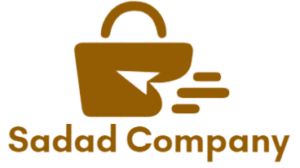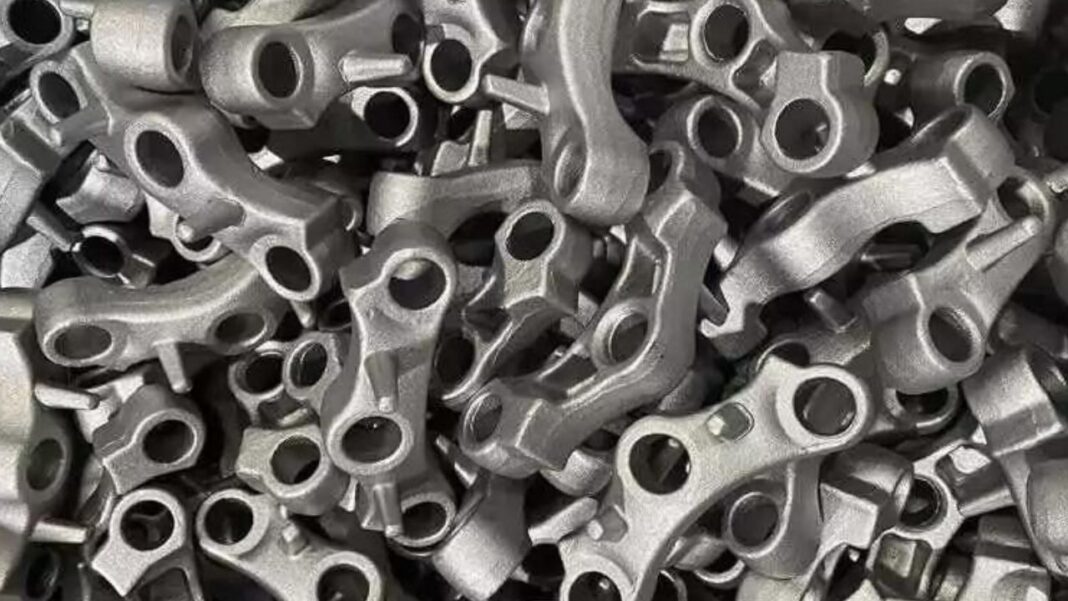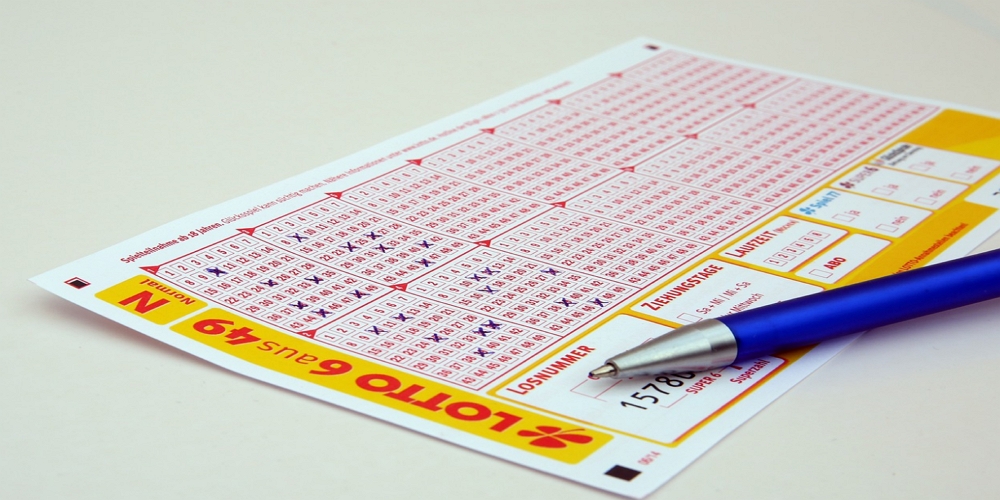The warm extrusion process is a specialized manufacturing technique that combines the benefits of both cold and hot extrusion processes. It involves the shaping of materials at an elevated temperature but below their recrystallization temperature. This unique approach offers several advantages over traditional cold and hot extrusion methods, along with a few drawbacks to consider.
One of the key advantages of the warm extrusion process at www.cxinforging.com/ is the enhanced formability of materials. By operating at an elevated temperature, the material becomes more malleable and easier to shape, allowing for the production of intricate and complex components with precise geometries.
Benefits of Warm Extrusion Process
The benefits of the warm extrusion process for the production of components for automobile new energy vehicles can be summarized in the following points:
1. Enhanced Formability
The warm extrusion process allows for greater formability of materials, as the elevated temperature makes them more malleable and easier to shape. This enables the production of complex components with precise geometries and improved dimensional accuracy.
2. Improved Material Properties
Operating at an elevated temperature during warm extrusion promotes grain structure refinement, resulting in improved material properties. This can lead to enhanced mechanical strength, better surface finish, and increased structural integrity of the final components.
3. Reduced Energy Consumption
Compared to hot extrusion, the warm extrusion process requires lower temperatures, resulting in reduced energy requirements for heating the materials. This leads to cost savings and a lower environmental impact, making it a more sustainable manufacturing option.
4. Minimized Risk of Oxidation
The lower temperatures used in warm extrusion help minimize the risk of oxidation and surface defects on the materials being processed. This results in higher-quality finished products with improved surface finish and aesthetics.
5. Versatility in Material Selection
While warm extrusion has its limitations regarding material compatibility, it still offers a wide range of materials that can be effectively processed. This includes both ferrous and non-ferrous metals, providing flexibility for various manufacturing applications.
Drawbacks of the Warm Extrusion Process
While the warm extrusion process offers several benefits, there are also some drawbacks to consider:
- The warm extrusion process requires elevated temperatures, which often necessitate the use of energy-intensive heating systems.
- Warm extrusion typically requires longer cycle times compared to cold extrusion.
- The elevated temperatures involved in warm extrusion can subject the tooling to increased wear and thermal stress.
Application Range of Warm Extrusion Process
The warm extrusion process finds application in various industries like automobiles, new energy vehicles, and a wide range of products. Some common applications of the warm extrusion process include:
Automotive Industry
Warm extrusion is extensively used in the automotive industry for manufacturing components such as gears, shafts, connecting rods, and control arms. The process allows for the production of complex shapes with excellent strength and dimensional accuracy.
Aerospace Industry
The aerospace sector utilizes warm extrusion for manufacturing critical components like turbine blades, wing structures, and landing gear parts. The process enables the production of lightweight yet strong components that meet the stringent requirements of the aerospace industry.
Medical Devices
Warm extrusion is employed in the production of various medical devices, including surgical instruments, orthopedic implants, and dental components. The process allows for the fabrication of intricate and biocompatible parts with precise dimensions.
Consumer Electronics
The warm extrusion process is utilized in the production of components for consumer electronics, such as connectors, housings, and heat sinks. The process enables the creation of complex shapes and enhances the durability and performance of electronic devices.
Conclusion
The warm extrusion process offers several benefits, including enhanced formability, improved material properties, reduced energy consumption, minimized oxidation risk, and versatility in material selection. These advantages make it a viable and efficient manufacturing method for producing high-quality components across different industries.










